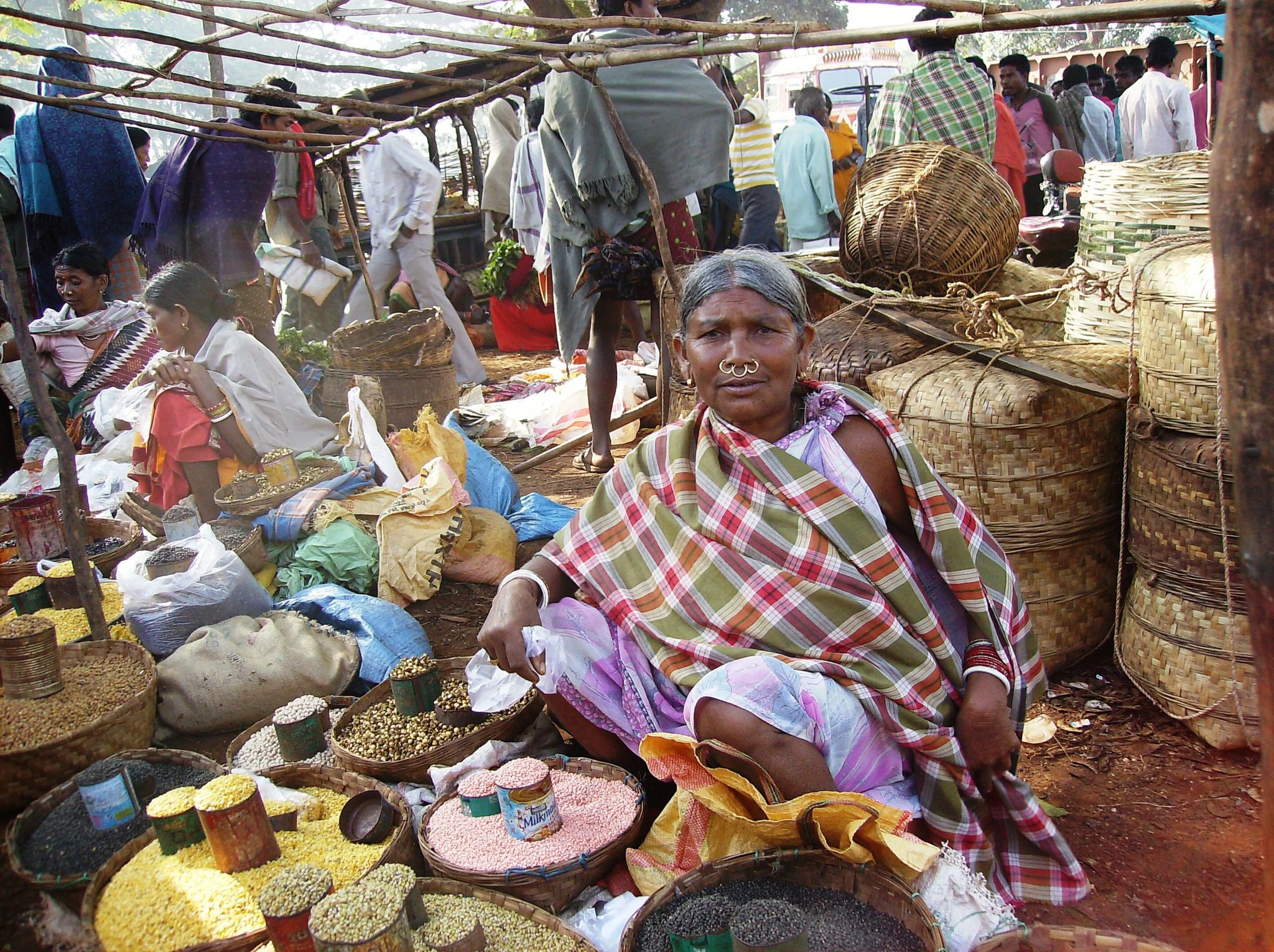Understanding global economic classifications is crucial for anyone trying to make sense of international development, trade, or investment. The World Bank categorizes countries based on their Gross National Income (GNI) per capita, and these classifications provide a useful shorthand for understanding the relative wealth and development levels of different nations. Let’s delve into a look at some of these categories, focusing primarily on the distinctions between low-income, lower-middle-income, and high-income countries.
Low & lower middle income countries

Low-income countries (LICs) represent the nations with the lowest GNI per capita. These countries often face significant challenges in areas such as healthcare, education, infrastructure, and governance. A large proportion of the population typically lives in poverty, and access to basic services like clean water and sanitation can be limited. Economic activity is often concentrated in agriculture, and industrial development is generally nascent. Social indicators, such as life expectancy and literacy rates, tend to be lower in LICs compared to other income groups. Furthermore, these nations are often vulnerable to external shocks, such as commodity price fluctuations or natural disasters, which can significantly impact their economic stability.
Lower-middle-income countries (LMICs) occupy a space between LICs and the higher-income brackets. While they still face considerable development challenges, LMICs have generally made progress in areas such as industrialization, education, and healthcare compared to LICs. They often have a more diversified economy, with a growing manufacturing sector and increasing urbanization. Poverty rates are typically lower than in LICs, and access to basic services is generally better. However, LMICs still contend with issues such as income inequality, inadequate infrastructure, and challenges in governance. They are also susceptible to economic volatility and external shocks, though perhaps to a lesser extent than LICs.
List of High Income, Middle and Lower middle income countries

High-income countries (HICs), on the other hand, represent the most developed and prosperous nations. These countries have a high GNI per capita, robust economies, and well-developed infrastructure. They typically boast high levels of human development, with excellent healthcare, education, and social welfare systems. HICs are characterized by advanced industrial sectors, thriving service industries, and strong institutions. Poverty rates are generally low, and the majority of the population enjoys a high standard of living. These countries are often leaders in innovation, technology, and global trade. However, even HICs face challenges, such as aging populations, income inequality (though often less pronounced than in LMICs), and the need to maintain competitiveness in a globalized economy.
It’s important to recognize that these classifications are not static. Countries can move between income groups as their economies grow and develop. For example, some nations that were once classified as LICs have successfully transitioned to LMICs or even HICs through sustained economic growth, sound policies, and strategic investments. Conversely, economic downturns or political instability can cause countries to regress to lower income groups. The trajectory of a nation’s development depends on a complex interplay of factors, including governance, human capital development, trade policies, and access to technology.
Looking more closely at the characteristics that differentiate these income groups, we can identify several key areas. In terms of economic structure, LICs tend to rely heavily on agriculture and natural resource extraction, while LMICs have a more diversified economy with a growing manufacturing sector. HICs, in contrast, are characterized by advanced industrial and service sectors, with a focus on innovation and high-value-added activities. This difference in economic structure has a significant impact on income levels, employment opportunities, and the overall standard of living.
Human capital development is another crucial factor that distinguishes these income groups. HICs generally have high levels of education and healthcare, leading to a more productive and skilled workforce. LMICs are making progress in these areas, but they still face challenges in improving the quality and accessibility of education and healthcare services. LICs often struggle with low literacy rates, high infant mortality rates, and limited access to healthcare, which can hinder their economic development.
Infrastructure is also a key differentiator. HICs have well-developed infrastructure, including transportation networks, energy grids, and communication systems, which facilitate economic activity and improve the quality of life. LMICs are investing in infrastructure development, but they often face challenges in financing and maintaining these investments. LICs typically have poor infrastructure, which can limit economic growth and hinder access to essential services.
Governance and institutions play a crucial role in economic development. HICs generally have strong institutions, transparent governance, and a stable legal framework, which promote investment, innovation, and economic growth. LMICs are working to strengthen their institutions and improve governance, but they often face challenges in combating corruption and ensuring the rule of law. LICs often suffer from weak institutions, corruption, and political instability, which can hinder economic development and discourage investment.
In conclusion, the World Bank’s income classifications provide a useful framework for understanding the relative wealth and development levels of different nations. While these classifications are not perfect and do not capture the full complexity of development challenges, they offer a valuable starting point for analyzing global economic trends and formulating effective development policies. By understanding the characteristics and challenges of each income group, we can better support efforts to promote sustainable and inclusive development around the world.
If you are searching about List of High Income, Middle and Lower middle income countries you’ve visit to the right web. We have 5 Pictures about List of High Income, Middle and Lower middle income countries like 6 Lower middle income countries Stock Video Footage – 4K and HD Video, List of High Income, Middle and Lower middle income countries and also Low & lower middle income countries IV | Download Scientific Diagram. Here it is:
List Of High Income, Middle And Lower Middle Income Countries

www.researchgate.net
6 Lower Middle Income Countries Stock Video Footage – 4K And HD Video

www.shutterstock.com
Why Middle-Income Countries Lag Behind – The Borgen Project

borgenproject.org
Low & Lower Middle Income Countries IV | Download Scientific Diagram

www.researchgate.net
List Of High Income, Middle And Lower Middle Income Countries

www.researchgate.net
Low & lower middle income countries iv. 6 lower middle income countries stock video footage. List of high income, middle and lower middle income countries




